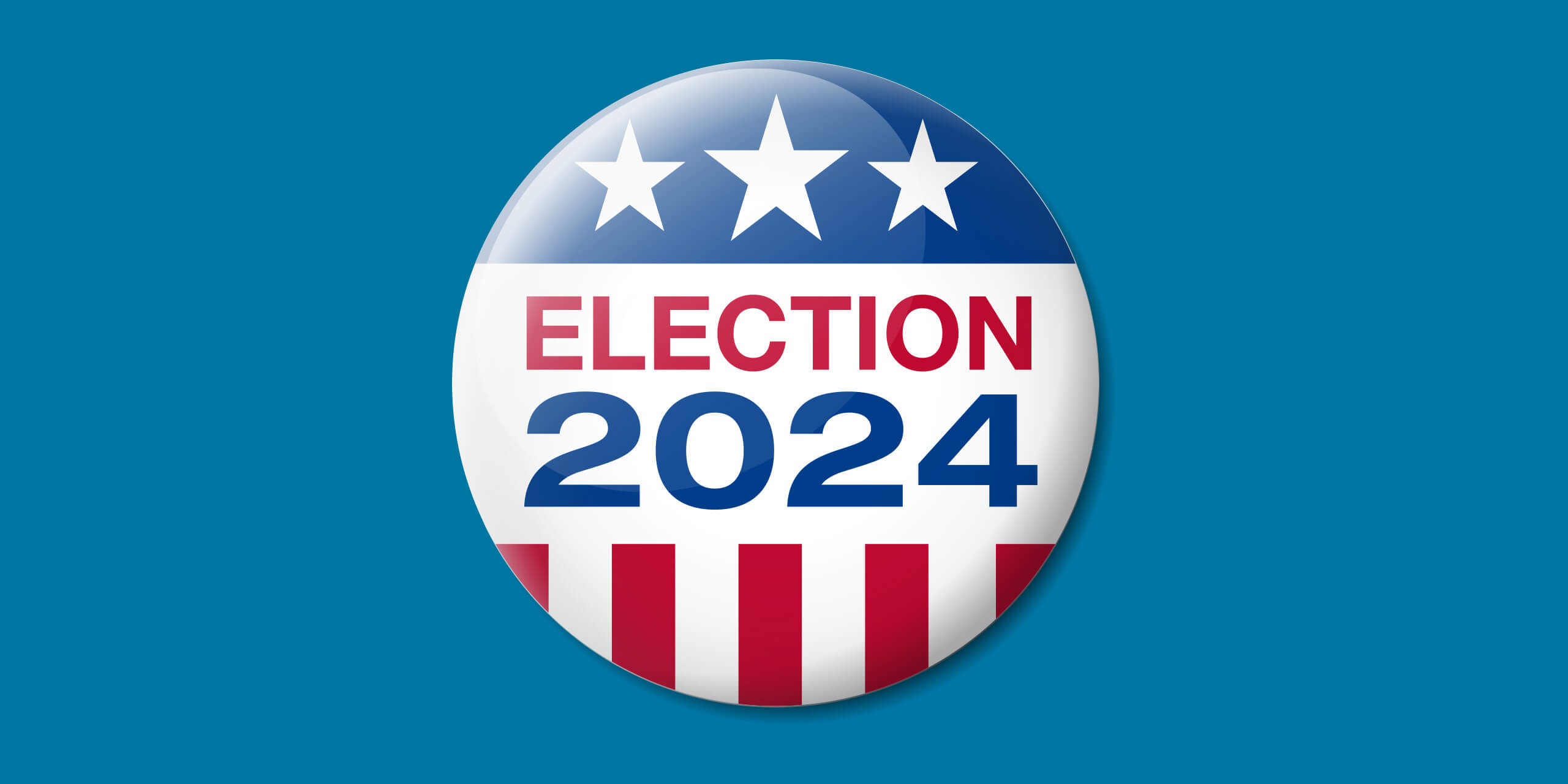
One Year Out: An Election Preview
Around this time next year, Americans will elect a president of the United States, probably in a close election. The last two presidential elections had razor-thin margins and were decided by a margin of voters similar in number to an NFL game’s attendance. In 2020, if just 65,000 people had voted differently in Georgia, Arizona, and Wisconsin (0.03% of the total vote), the result would have been reversed.
The “closely divided” theme was also evident in the 2022 midterms: Republicans won every Senate race held in a state that voted for Donald Trump for president in 2020, and Democrats won every Senate race held in a state that voted for Joe Biden, except Wisconsin. Ultimately, the U.S. is a 50-50 country, and a decisive victory one way or another seems unlikely.
Further, we’re starting off the 2024 election with a set of circumstances that lacks any real historical precedent. The current Republican frontrunner has been indicted four times and will likely be managing various court schedules while trying to build a get-out-the-vote operation, and the current Democratic frontrunner is perceived as too old to have an effective second presidential term by nearly 70 percent of his own party (per an August 2023 AP poll). Still, both candidates have strengthened support within their parties in recent months, although there’s potential for ample surprise in both the primary and general elections. So how do we work through this noise to understand what’s really happening?
The economy is the starting point for our analysis. Every president since Taft in 1912 who avoided a recession in the two years before the election went on to win re-election. Conversely, every president who had a recession two years prior to the election went on to lose re-election. Should the U.S. enter recession in the coming months, the probability of President Biden winning re-election would decline, regardless of his opponent.
The president has many tools available to him to prime the U.S. economy ahead of the election. The most important economic variables to watch include:
• Disposable income growth in 2024
• Second and third quarter GDP in 2024
• The S&P 500 return in the 90 days pre-election
• The value of the U.S. dollar in the 90 days pre-election
Additionally, presidential re-election years are generally viewed as referendums on the incumbent. There’s an 81% correlation between the president’s approval rating and the percentage of the vote a president receives in re-election. President Biden’s approval rating of 41-42% is consistent with receiving just 47% of the vote, though we caution that presidents historically hit their lowest point in the summer of their third year in office.
The metric to watch is how a president’s approval changes over the next nine months, particularly once he has a nominated challenger. The president’s approval rating, economic growth, stocks, and the dollar form the core of Strategas’ election model, which has predicted the popular vote in the past eight presidential elections within an average of less than 1% difference.
If the 2024 presidential election becomes a rematch between Biden and Trump, there is the possibility that a third-party candidate emerges, which would increase the range of outcomes for the election as that candidate could pull voters away from the Democratic or Republican candidate, or both.
The 2024 election will also have implications for Congress. Currently, Republicans have a five-seat majority in the House, and Democrats have a one-seat majority in the Senate. Congressional races often follow the same trend as the presidential race (in 2016, in every state that held a Senate race, the party winning the Senate race also won that state in the presidential race), and neither party needs to win many seats to flip control of either chamber.
Looking ahead, whoever is president in 2025 will likely face high budget deficits, rising interest costs on U.S. debt, fewer international buyers of U.S. Treasuries, and a demographic strain accelerating the insolvency of Social Security and Medicare. Leadership will also have to deal with the expiration of the individual tax cuts in the Tax Cuts and Jobs Act and the more generous Affordable Care Act subsidies to purchase health insurance in 2025. The tax rates in the balance include income taxes, estate taxes, the Alternative Minimum Tax, the Child Tax Credit, and the State and Local Tax Deduction. In other words, as soon as the election is settled, attention will shift to an unprecedented fiscal cliff facing the U.S.
In the end, elections are generally won based on how voters feel about the candidates and their economic situation at the time that votes are cast. But important economic issues that will impact voters will be early on the agenda of the next president.
The information offered is provided to you for informational purposes only. Robert W. Baird & Co. Incorporated is not a legal or tax services provider and you are strongly encouraged to seek the advice of the appropriate professional advisors before taking any action. The information reflected on this page are Baird expert opinions today and are subject to change. The information provided here has not taken into consideration the investment goals or needs of any specific investor and investors should not make any investment decisions based solely on this information. Past performance is not a guarantee of future results. All investments have some level of risk, and investors have different time horizons, goals and risk tolerances, so speak to your Baird Financial Advisor before taking action.


